A Weird But Promising European Coalition Will Train Ukrainians to Fly American F-16s
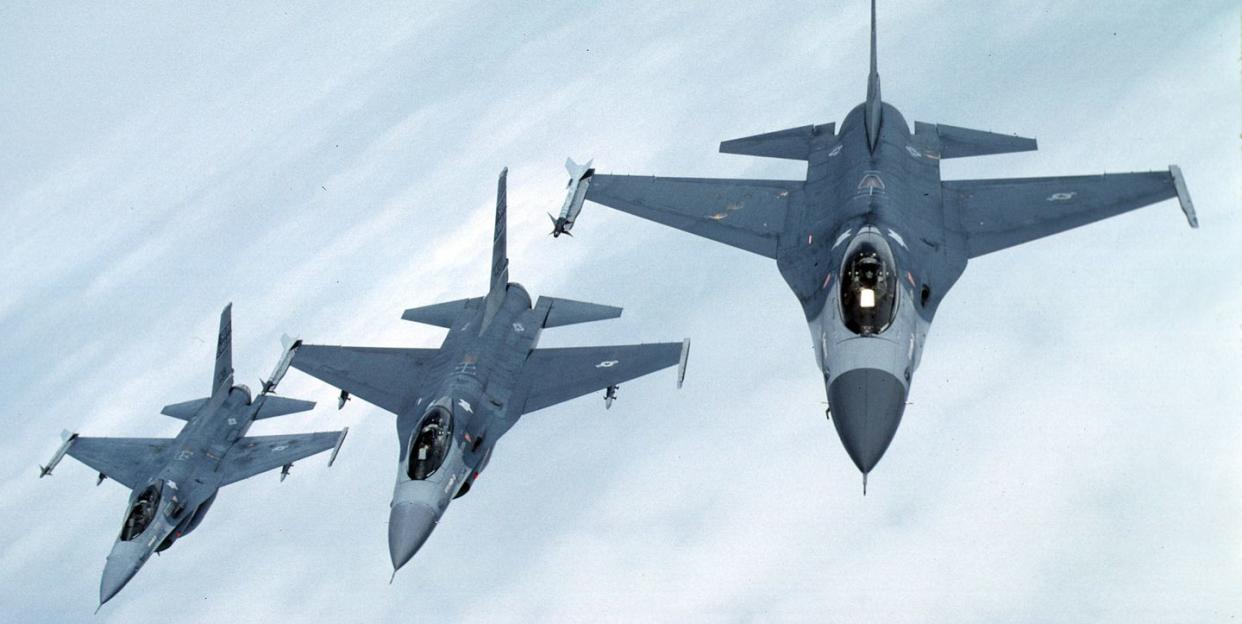
In the last week, a semi-formal coalition of European countries has emerged. It’s aimed at enabling Ukraine to operate U.S.-built F-16 Fighting Falcon fighters, both by training Ukrainian pilots to fly F-16s and—eventually—supplying the aircraft.
Prime ministers Rishi Sunak of the United Kingdom and Mark Rutte of the Netherlands announced the formation of the coalition on May 16. However, Paris, Belgium, Denmark and Poland had already previously indicated that they might contribute to training Ukrainian pilots and even possibly supplying F-16 aircraft.
The coalition is peculiar, admittedly. Initially, its two largest countries—the United Kingdom and France—had themselves never operated F-16s. And the United States, which builds F-16s, had ruled out providing them to Ukraine.
But the coalition appears to have achieved its political goals stunningly fast. This Friday, U.S. officials told the New York Times that the U.S. would also participate in training Ukrainian pilots for F-16s and “collectively determine” with its European allies how those aircraft might be supplied. Reportedly, the main advocate for the change of policy was U.S. Secretary of State Antony Blinken, who convinced Joe Biden, despite the president’s concerns that F-16s might be used for strikes on Russia.
This is promising for Kyiv’s efforts to acquire a more modern fighter capability, as its Soviet-era MiG-29 and Su-27 fighters remain outclassed by Russia’s newer Su-35 fighters and MiG-31BM interceptors that can detect and shoot at Ukrainian aircraft from beyond range of retaliation. The F-16 may not be a super-fighter 45 years after the initial models entered service, but it’s agile, affordable and upgradeable and could give Ukrainian pilots the tools needed to fight back.
By preparing the human component needed for F-16 operations—something which normally takes many months—these aircraft could become operational much more rapidly if and when they are donated to Ukraine. A recently leaked U.S. Air Force report assessed Ukrainian pilots could become minimally proficient with F-16s with just four months of training.
And now that the training program has U.S. buy-in, it looks increasingly inevitable that Ukraine will be getting the F-16 jets it has lobbied very hard for—from one source or another.
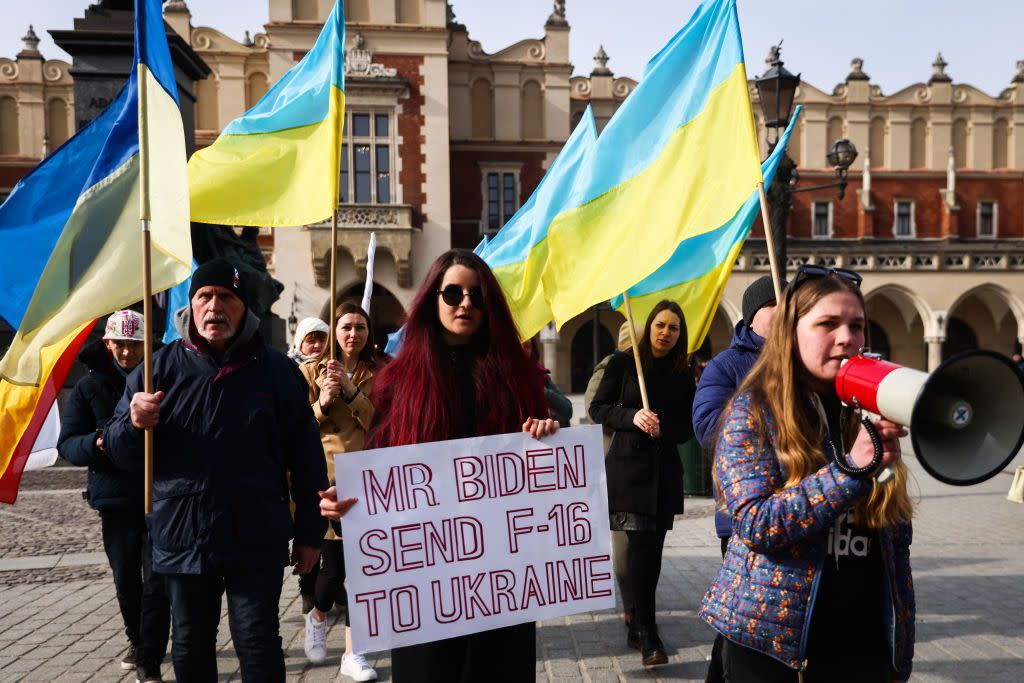
How It Could Work
Rather than training Ukraine’s veteran fighter pilots, removing them from frontline duties, the coalition’s plan is to train new cohorts of Ukrainian pilots on general operation of Western aircraft. In that respect, both France and the UK could play a role preparing trainees on jet trainers.
But eventually, Ukrainian pilots would graduate to conversion training, and would need to train on F-16 simulators and fly actual F-16s, even if they don’t get to take them back home in Ukraine. Here, two other coalition partners could help. One is Belgium, which has ruled out aircraft donations but is willing to train Ukrainian pilots using some of its 44 single-seat F-16AMs and 8 two-seat F-16BMs. The other is the Netherlands, which has 24 F-16As and Bs.
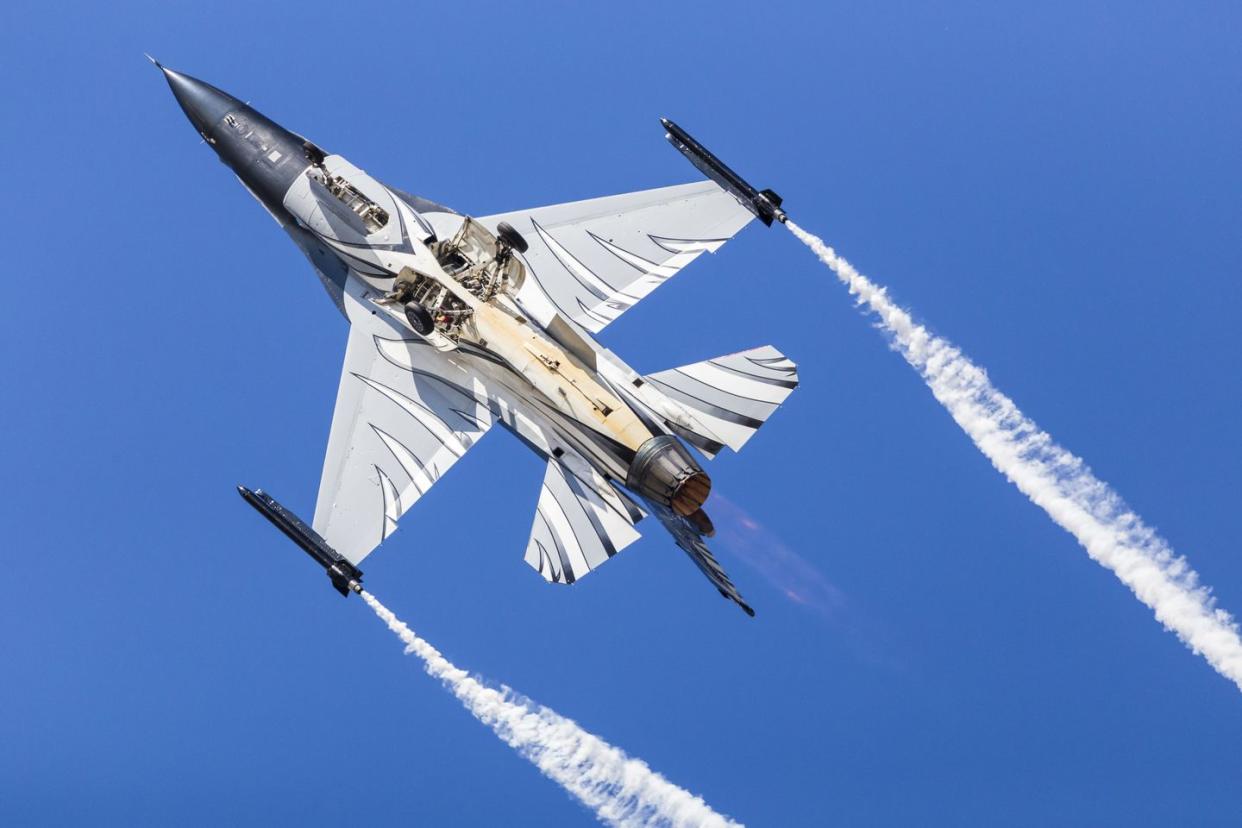
Training fighter pilots to fly a specific fighter usually requires many months, with a Basic F-16 course ordinarily requiring 9 months: one month of classroom instruction, followed by simulator sessions and around 60 training flights. An accelerated wartime schedule of 6 months is expected to apply to Ukrainian trainees.
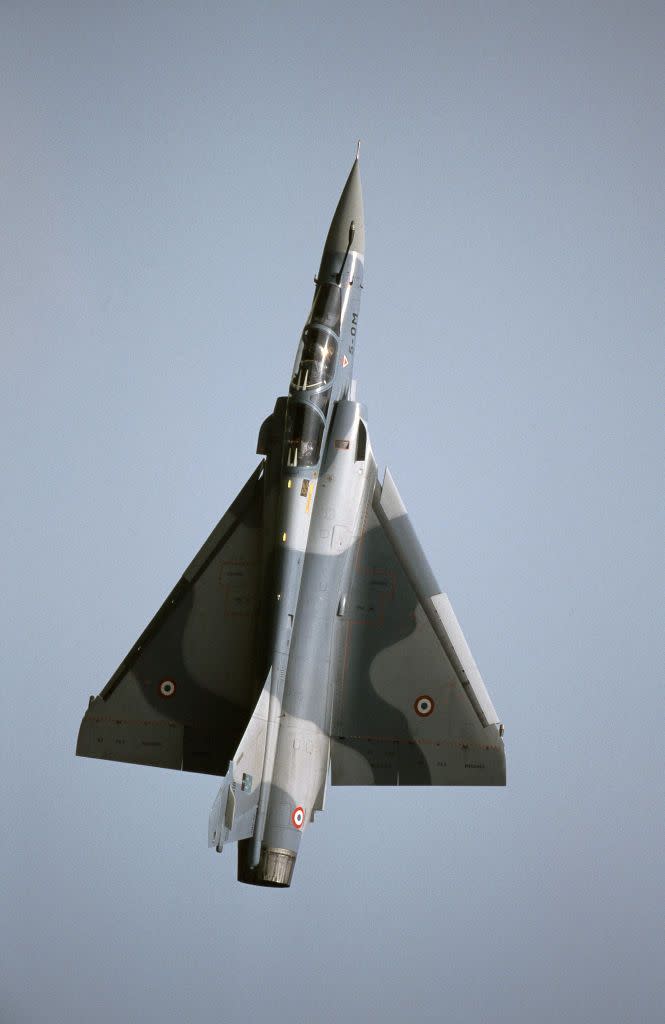
Overall, training pilots before the planes themselves are guaranteed has a certain logic because the pilots are a ‘long-lead’ time element. And jet training on Royal Air Force BAe Hawk T2s and French Mirage 2000Bs (which have characteristics similar to the F-16’s) may prepare pilots for faster conversion training to F-16s later on.
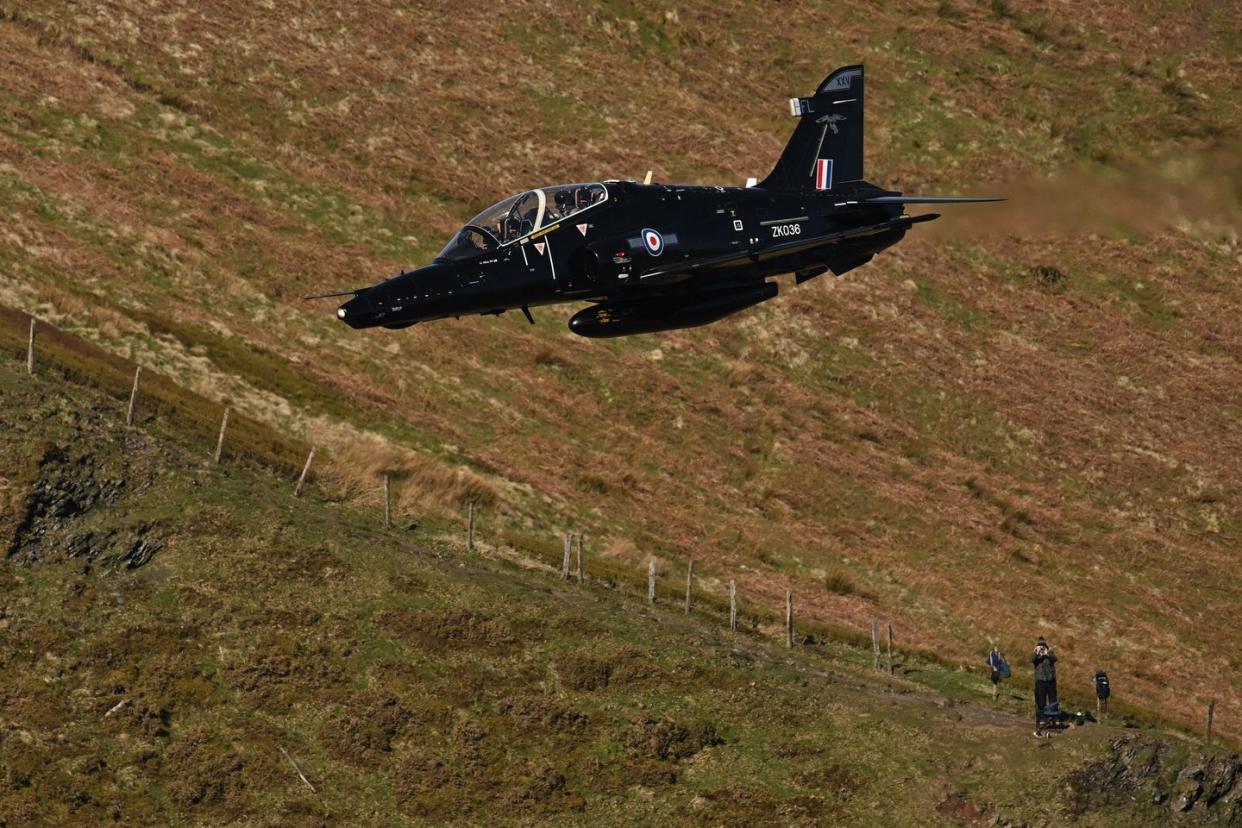
Leaked documents from March 2023—following a U.S. Air Force evaluation of two Ukrainian pilots that spent 11.5-hours of training on a simulator—suggest that four months (ie. 13 weeks) of training could be “realistic” for experienced Ukrainian pilots to become proficient in “minimal required task,” including proficiency in a radar and infrared-guided missile type (likely AIM-120 and AIM-9 Sidewinder). The pilots performed above average on many parameters, despite some concerns over language aptitude.
That said, any training time that surpasses the minimal necessary will better prepare trainees for the extremely high-threat environment facing Ukraine, contending with sophisticated Russian S-400 long-range surface-to-air missiles and Su-35S fighters.
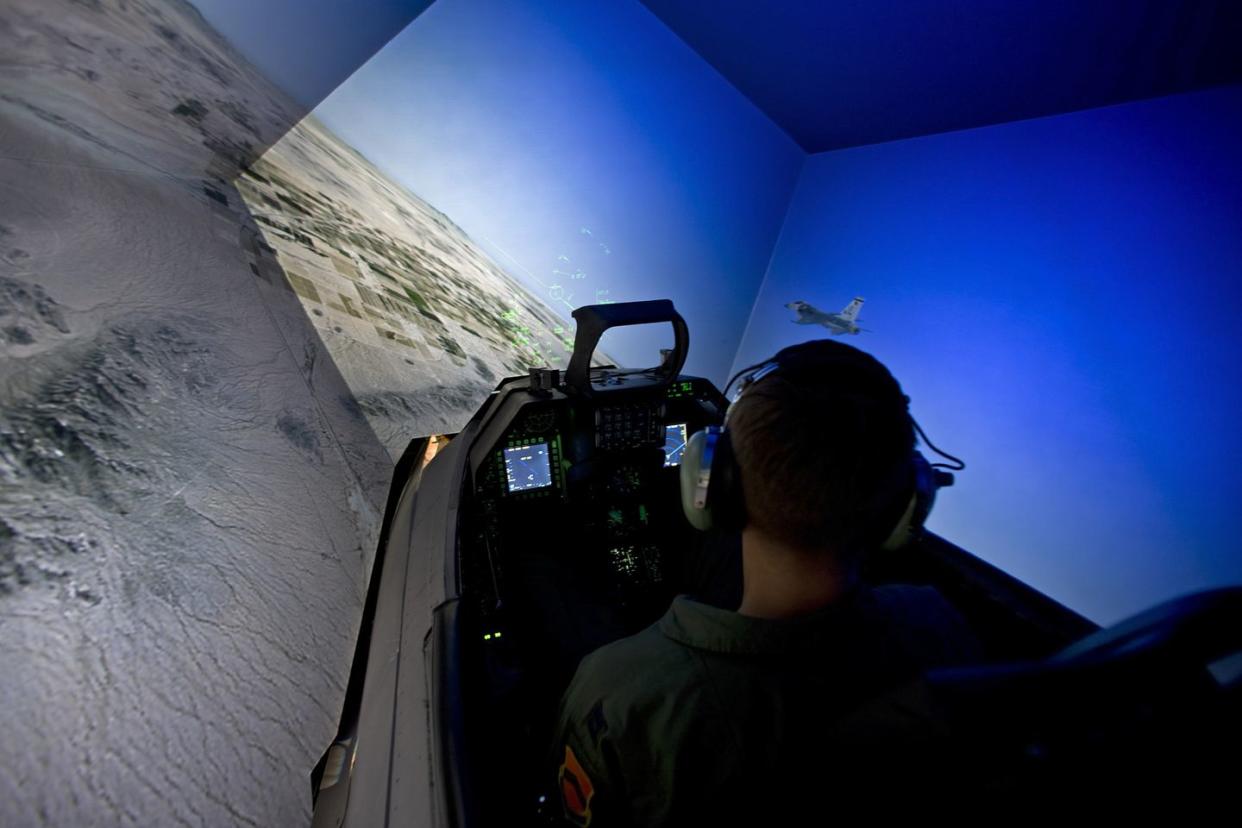
However, training expert ground crew and maintainers also requires a lot of time—likely more than conversion-training pilots—and thus merits its own program. Fortunately, neighboring Poland and Romania also operate F-16s and thus have maintenance bases, which could potentially be used to help sustain F-16s given to Ukraine.
Still, it would be absurd to go through time-consuming efforts to train pilots only for no F-16s to be available. Here, the coalition’s intentions are fuzzier. However, several states claim they may consider donating F-16s.
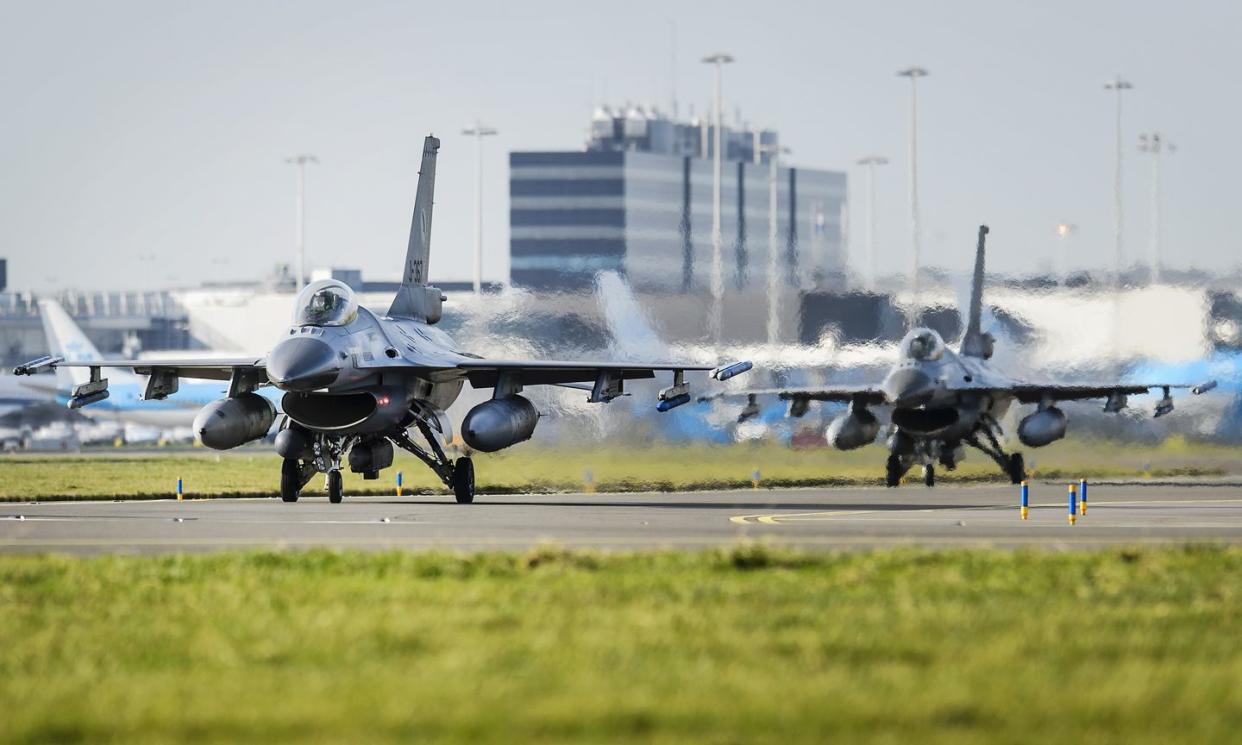
.
That includes the Netherlands (which has claimed it is “open” to the idea) and Denmark (which has 33 F-16As). It does not, however, include Poland as some speculated, as the country is counting on F-16s to replace MiG-29s it donated to Ukraine.
All three of those countries are currently adopting F-35 stealth fighters. The air forces of Denmark and the Netherlands may thus feel they can spare some of the older jets. But neither has firmly committed to giving away valuable combat aircraft.
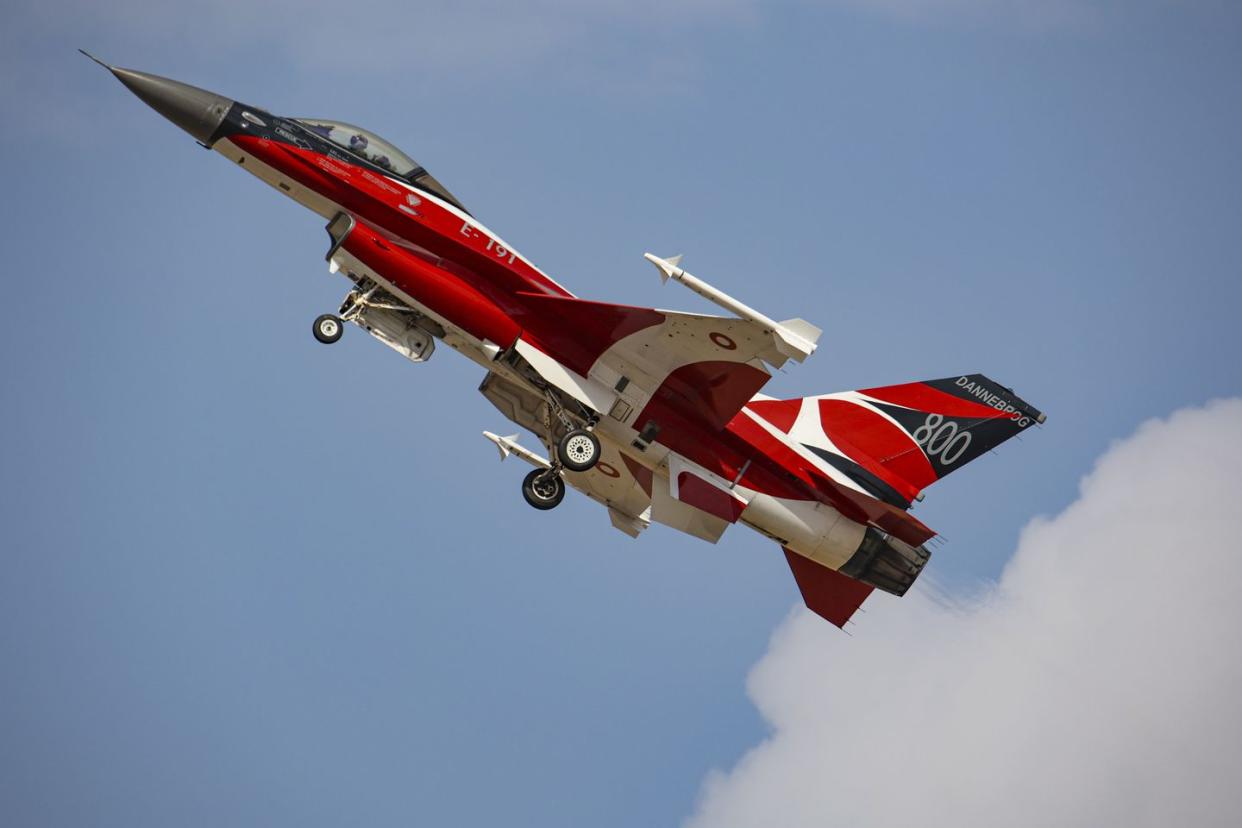
The Dutch and Danish F-16As and Bs have received the Block 20 MLU update, bringing their avionics close to the standard of the second-generation F-16C/D. This includes the APG-66(V2) doppler radar, GPS navigations, night-vision goggle-compatible multi-function cockpit displays, and—crucially—support for the AIM-120 missile.
The U.S.'s Role
The Biden administration had previously firmly communicated that it isn’t considering giving F-16s to Ukraine, but had also explicitly stated it wouldn't prevent other countries from doing so. As the leaked report from March indicates, the administration has clearly studied what an F-16 transfers would entail. And as of this Friday, it has now made clear that the U.S. would directly participate in the F-16 training effort.
Early in 2022, the U.S. intervened to prevent European states from giving away their aging inventory of Soviet fighters to Ukraine. It was later revealed that this fulfilled the U.S.'s end of a secret deal with China which, in return, promised to use its influence to restrain Russia from using or threatening use of nuclear weapons in Ukraine. By early 2023, though, the deal apparently had run its course, and Washington supported the transfer of numerous Soviet fighters to Ukraine.
Still, the Biden administration seemingly viewed transfers of Western-built fighters as more politically and technologically sensitive. It also argued that they weren't the best bang-for-military-aid-buck option in terms of impacting the ground war in Ukraine, as jet fighters are expensive, challenging to integrate, and difficult to leverage in airspace overwatched by powerful air defenses. The U.S. may also be weary of advanced technologies transferred to Ukraine—such as later-model AIM-120 missiles or AESA radars—could be recovered from lost aircraft and studied by Russia and China.
Realistically, even as a non-participant, the U.S. would have to approve transfers of F-16 to Ukraine as per end-user license agreements. And tacit acquiescence would have been required for sustainment of F-16s in Ukrainian service through maintenance, spare parts, and munitions.
With the U.S. now definitely supporting the training effort, the provision of actual aircraft is looking more likely. The U.S. is sitting on large numbers of retired F-16s, and the Air Force's operational F-16 fleet is contracting. Longer term, Washington also has the finances and access to procure new F-16s tailored for use by Ukraine, much as it furnished specially modified F-16s to Iraq.
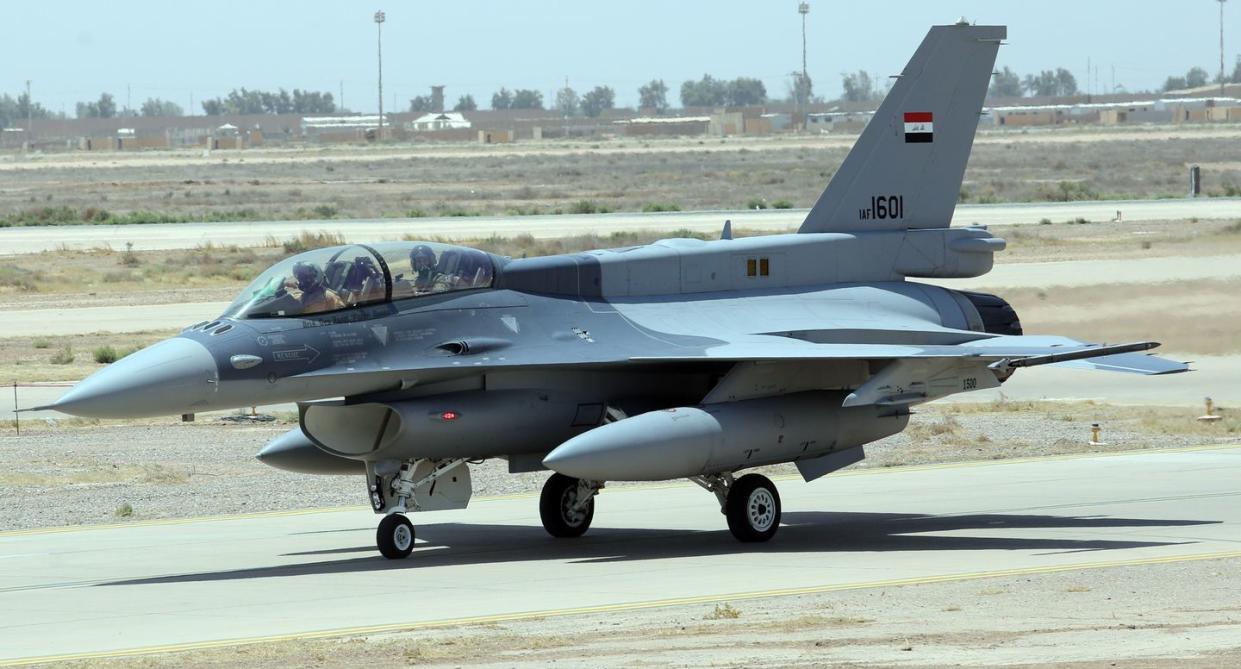
Thus the most realistic endgame of the F-16 coalition will likely involve U.S. provision of some F-16s alongside its European partners, with Ukrainian pilots (and hopefully, at some point, maintainers) trained and ready to operate the type soon after delivery.
Why the F-16?
The Lockheed-Martin F-16 Fighting Falcon (commonly dubbed the Viper in recent years) is a versatile yet affordable single-engine multi-role fighter designed for short-range operations. They have seen plenty of action since entering service in 1978, downing by one accounting 76 combat aircraft without air-to-air losses (unless counting 2 accidental shoot downs.)
Ukraine especially needs two qualities from Western fighters. First, they need to be both available and sustainable. Second, they need to be able to effectively engage in beyond-visual range (BVR) combat with Russian jets.
Russian pilots have more powerful radars, have long-range R-77-1 and R-37M air-to-air missiles, and avoid closing within visual range of Ukrainian fighters. Thus, Ukrainian pilots rarely have a chance to shoot back effectively, particularly as they must fly low to mask themselves from radar detection as long as possible.
France’s recently retired Mirage 2000D fighters pass the availability test, but fail on the qualitative level, as their BVR missiles have been retired. Sweden’s JAS 39 Gripen jets, conversely, are qualitatively ideal for Ukraine. But only a few hundred were built, and Sweden has made little indication that it’s ready to give them away. France’s newer Rafale jets are excellent, but unlikely to be donated, and probably too expensive for Ukraine to procure .
Amongst these, the F-16 most convincingly passes both tests. It’s the world’s most numerous military jet, with over 4,600 built, and remains relatively cheaper to operate, sustain and procure. And over two-dozen countries still operate F-16s, meaning there are distributed supplies of spare parts and training pipelines.
The F-16 also passes the qualitative test because it has a decent radar and can employ AIM-120C and D fire-and-forget air-to-air missiles with a range of around 60 and 86 miles respectively. While it doesn’t necessarily out-match Russia’s best fighters (which are beefier, twin-engine designs) they can still challenge them, with the AIM-120C-series missile arguably out-performing the R-77-1 missile.
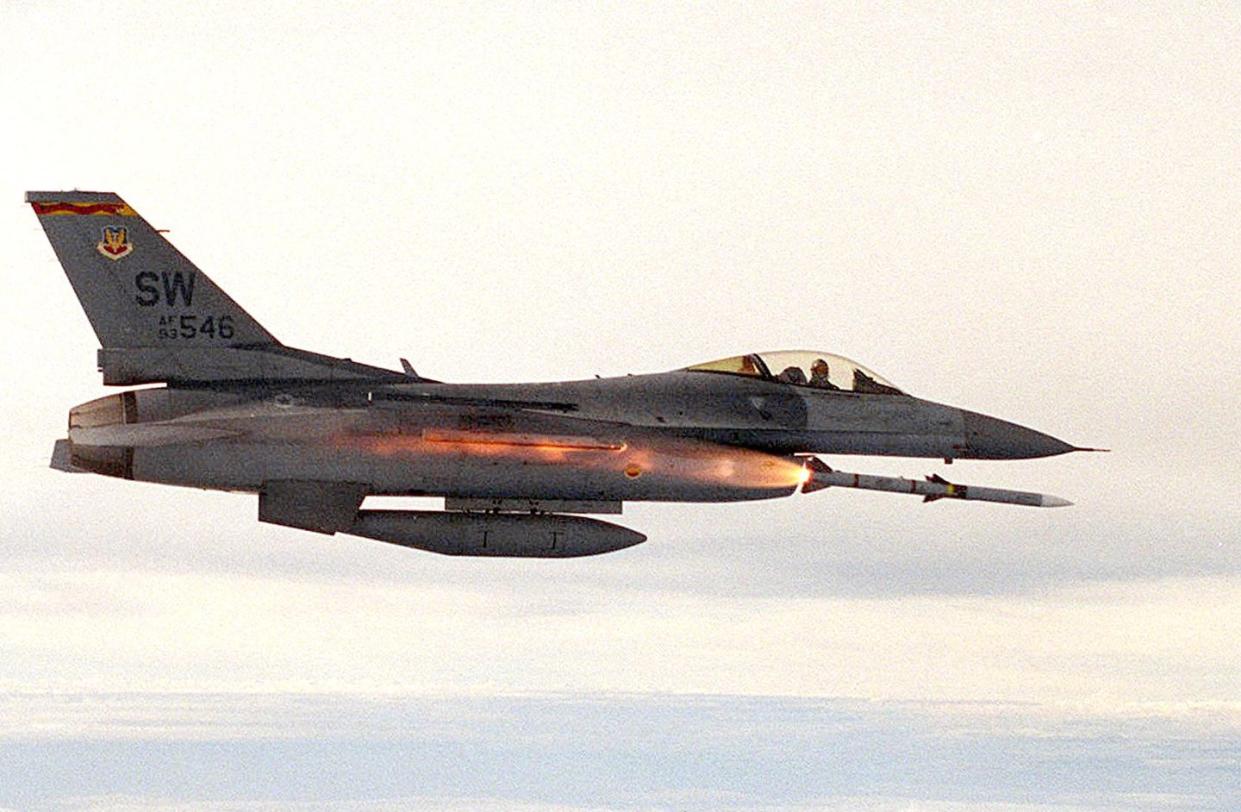
Another plus to operating F-16s is that the substantially improved F-16 Block 70/72 model is also in production. This would give Ukraine a future pathway to eventually acquiring a more capable version through upgrades or factory-fresh procurement, much as Taiwan is expanding and upgrading its F-16C/D fleet to the F-16V model. The Block 70/72 notably introduces an AESA-type APG-83 radar with capabilities Russian radars—even longer range ones—still lack.
The one fly in the ointment may be that the F-16’s underslung jet engine intake is particularly prone to sucking in debris, causing Foreign Object Damage (FOD). British air warfare analyst Justin Bronk has argued this make its unsuitable for Ukraine’s air force, which is compelled to disperse aircraft to potentially austere satellite airfields to avoid Russian attacks.
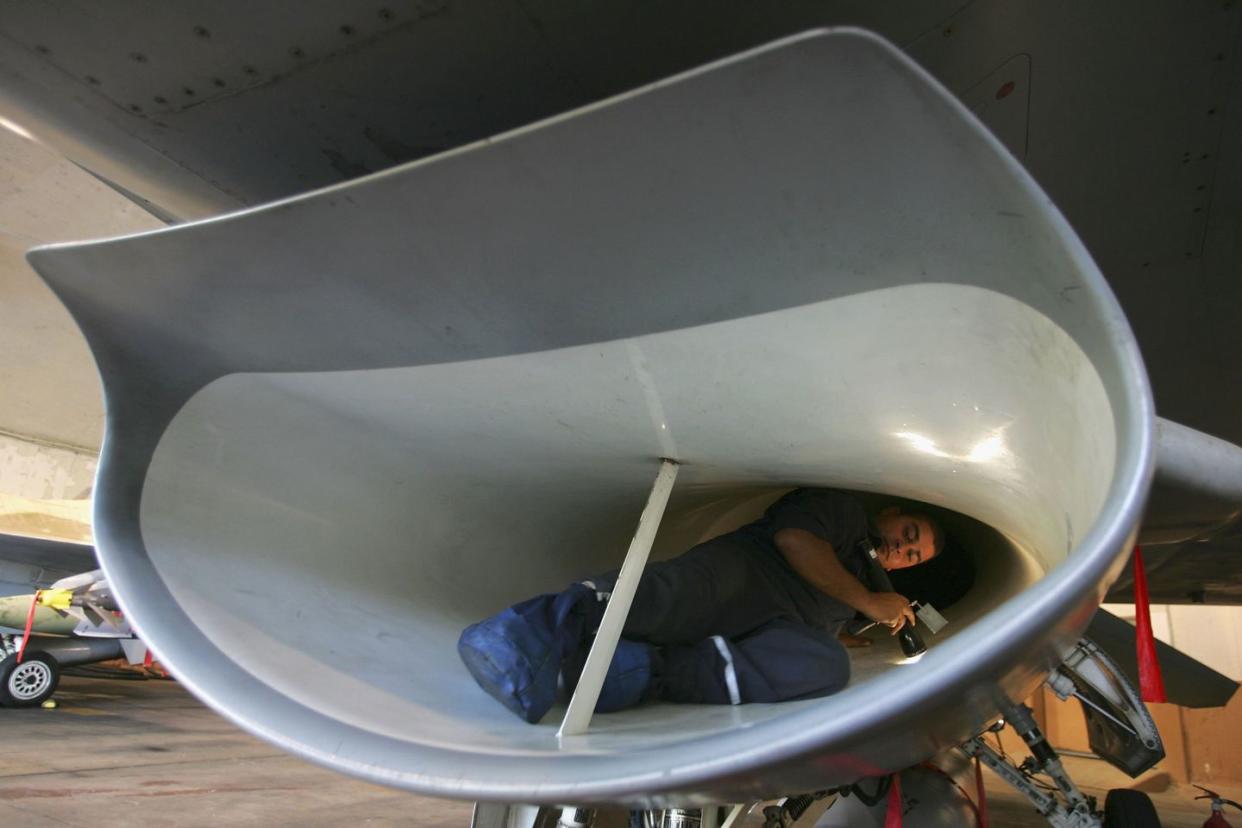
Bronk fears Ukrainian efforts to prepare select bases for F-16s (which reportedly have been already underway for months) would simply draw Russian attacks. This is why he argues the Swedish Gripen would be a better choice, as it was designed from the ground up to support operations from primitive, dispersed bases.
However, a Ukrainian MiG-29 fighter pilot going by callsign Juice disagreed on social media that Ukrainian airfields posed a major FOD risk, pointing to a 2011 exercise in which F-16s deployed to Ukraine. As far as he's concerned, the F-16 remains by far the most realistic and effective option.
Should Russia’s war on Ukraine drag on, the introduction of a few dozen Ukrainian F-16s in 2024 could disrupt the Russian air force’s risk-averse modus operandi, which recently has come to include lobbing glide bombs at Ukrainian cities at standoff range. But it's debatable whether that would greatly impact the ground war in Ukraine, as manned aircraft have had relatively limited overall effect due to overwhelming ground-based air defenses.
Still, Ukrainian pilots believe they could accomplish a lot by combining the guerilla air warfare tactics they’ve relied on to survive with Western fighters with the reach to fight back. The sooner the lengthy process of adopting those jets is set in motion, the less time Russia will have to grind on with its current strategy, seemingly aimed at running out Kyiv's inventory of surface-to-air missiles.
You Might Also Like
